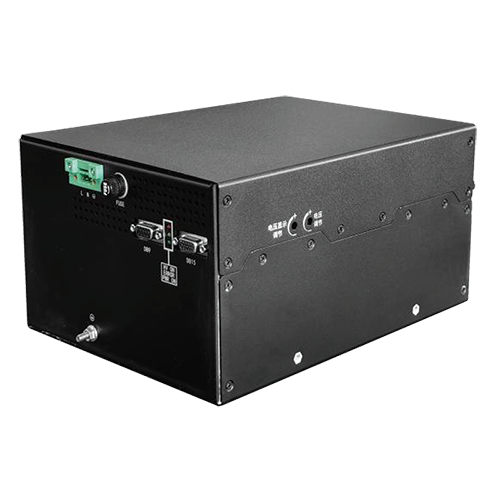Anti-Interference Design for High-Voltage Power Supplies in Energy-Dispersive X-ray Systems
In energy-dispersive X-ray analysis equipment, the stability of high-voltage power supplies (HVPS) directly determines spectral resolution and data accuracy. These systems operate at microvolt-level signals, where power noise can distort precise measurements of X-ray photon energy, causing peak broadening or positional shifts. Thus, anti-interference design requires comprehensive optimization across three dimensions: noise source suppression, propagation path blocking, and sensitive circuit protection.
1. Multi-Stage Shielding and Grounding System
Layered Shielding: High-voltage modules employ fully enclosed metal shields, with high-frequency transformers treated via vacuum impregnation to eliminate arcing risks. Control circuit cabinets utilize dual-layer electromagnetic shielding (chassis-level + cabinet-level) to suppress external RF interference.
Grounding Topology: Power ground (PGND) and signal ground (SGND) converge at a single point near the PCB inlet. Shield layers are grounded at both ends to break common-mode noise loops. Analog signals use independent shielded cables, with shields directly connected to earth to reduce ground impedance coupling.
2. Power Filtering and Decoupling Techniques
Input-Stage Filtering: A 1:1 isolation transformer is added at the mains inlet, with primary and secondary windings individually shielded to minimize distributed capacitance. A π-filter (X/Y capacitors + common-mode choke) suppresses 10kHz–1MHz conducted noise.
Transient Response Compensation: Layered decoupling capacitors at DC/DC outputs:
Global Buffering: 100μF electrolytic capacitors for low-frequency ripple;
Local Decoupling: 0.1μF ceramic capacitors (0402 package) placed <5mm from IC power pins, with loop area <5mm² and parasitic inductance <1nH to compensate for ns-scale transient currents.
3. Dual-Detection Feedback and Opto-Isolation
Real-Time Noise Suppression: A dual-detection circuit (voltage + current sampling) dynamically adjusts LDO drive signals via error amplification, maintaining output ripple below 10mVpp.
Electrical Isolation: Critical signal paths (e.g., PWM control, ADC acquisition) use optocouplers. Secondary signals undergo RC filtering (100pF capacitors parallel to optocoupler bases) to eliminate residual high-frequency noise, ensuring complete electrical isolation between control and power modules.
4. PCB Layout and Thermal Management
Sensitive Routing: High-voltage traces adopt serpentine matching without 90° bends. Digital and analog zones are separated by a 20mil ground plane, with clock signals guarded to minimize crosstalk.
Thermal Interference Control: Power transistors and rectifier diodes are mounted centrally on heat sinks with thermal pads. Temperature sensors placed near high-voltage transformers enable PID-based fan speed control, preventing output drift due to thermal fluctuations.
Conclusion
Anti-interference design for energy-dispersive HVPS requires multidisciplinary integration: multi-stage shielding blocks spatial radiation, layered decoupling handles transient loads, and dual-detection feedback enhances closed-loop stability. Tests confirm these designs reduce power noise to <0.01%, achieving a spectral resolution of 130eV@5.9keV and enabling reliable trace-element analysis. Future trends will focus on 3D integration (power-detector stacking) and AI-driven adaptive filtering to approach physical limits.




















